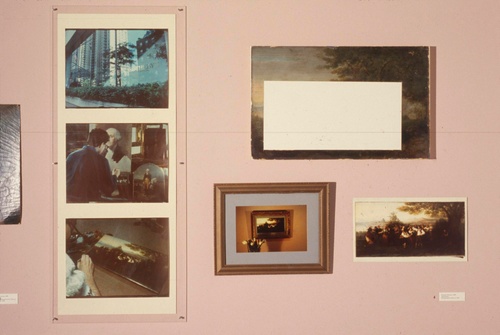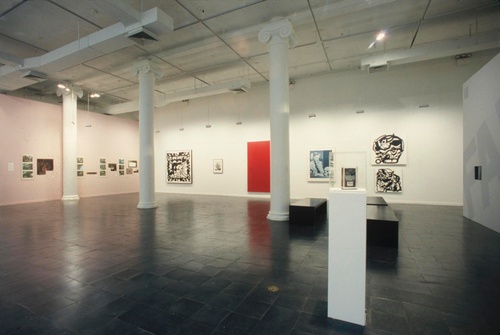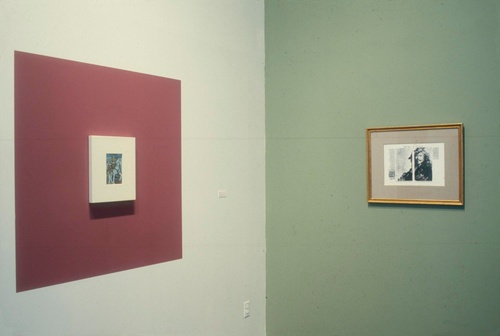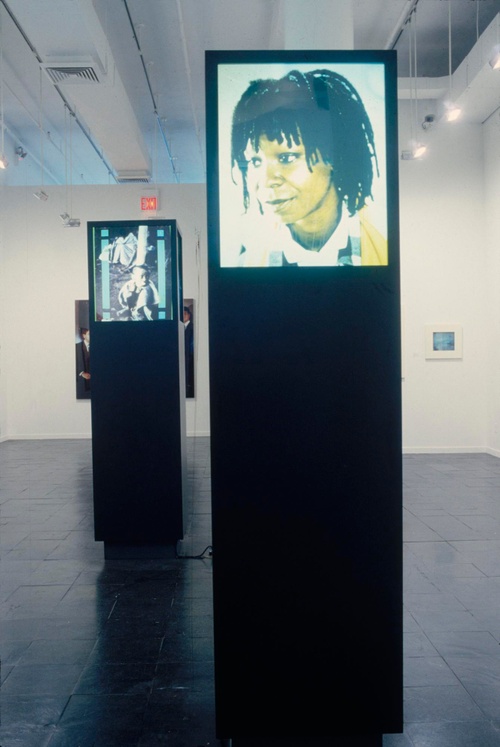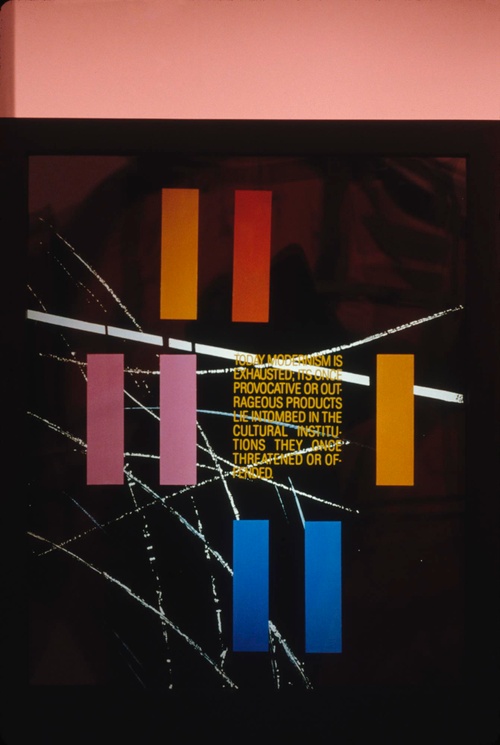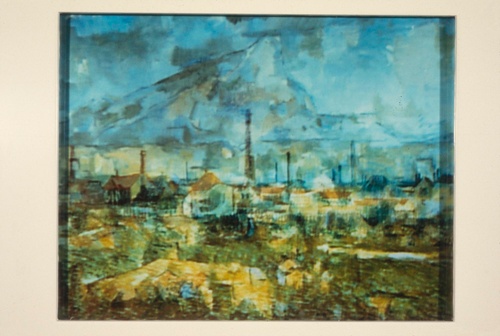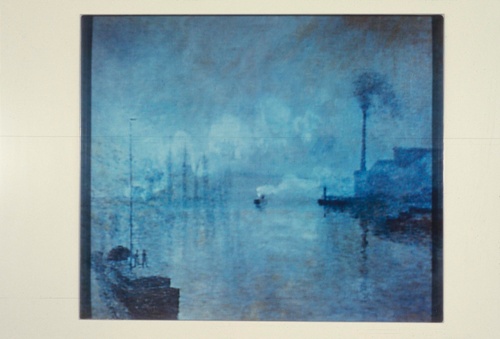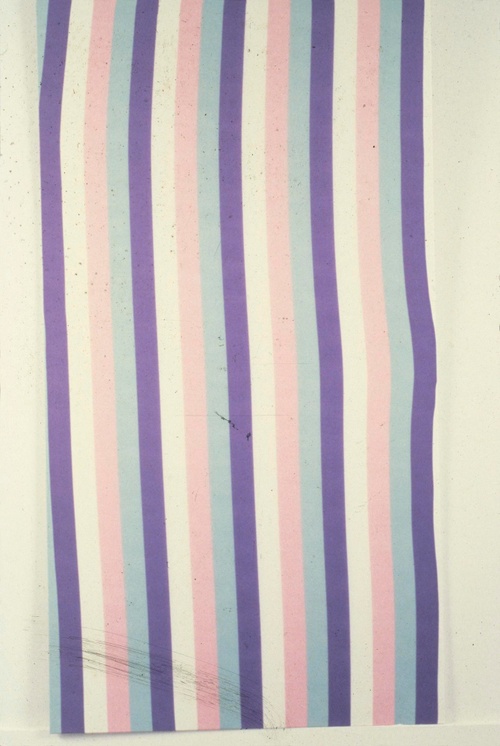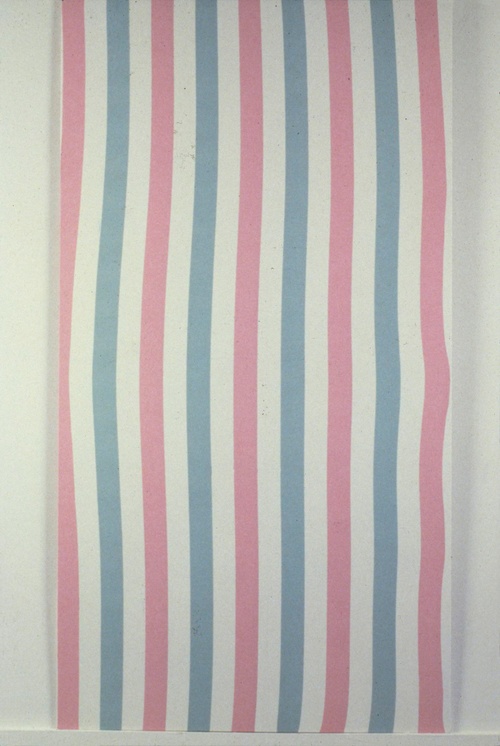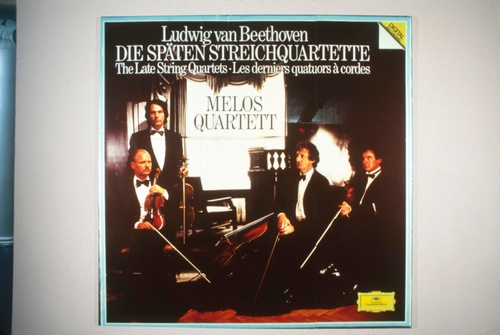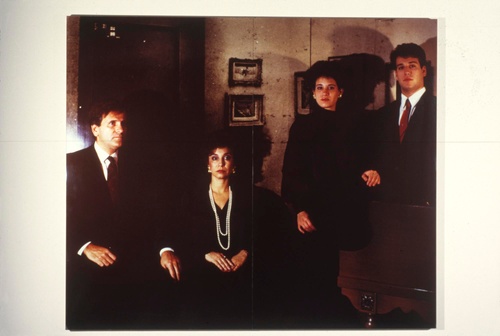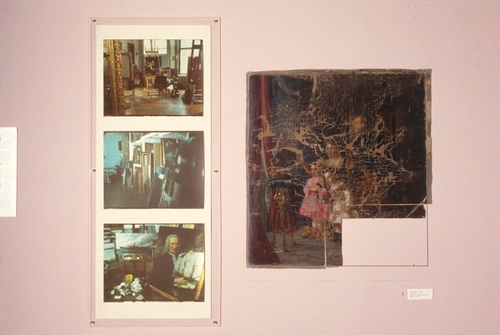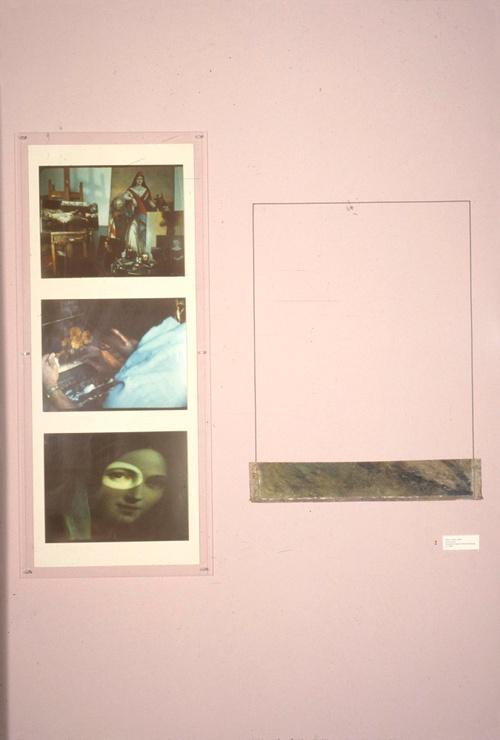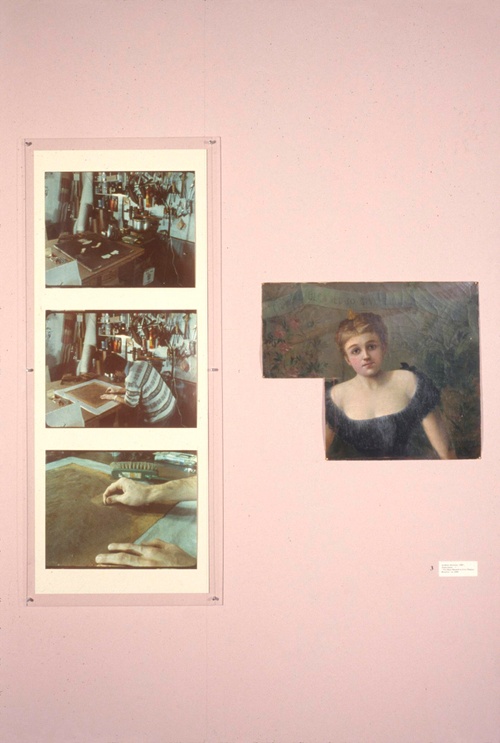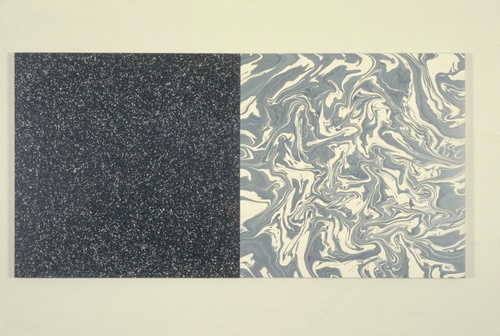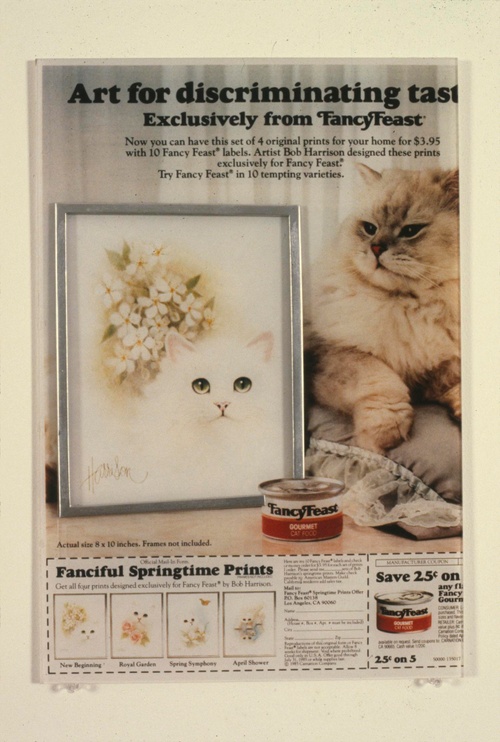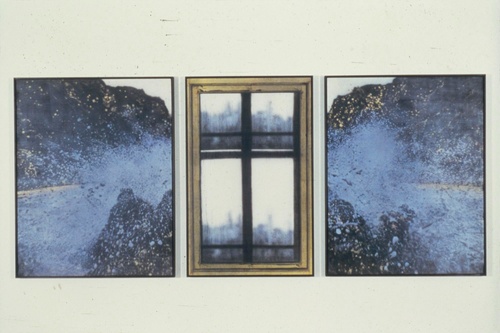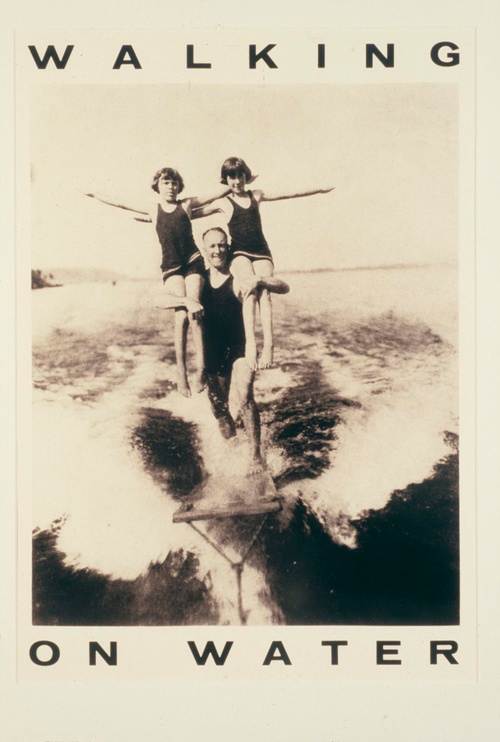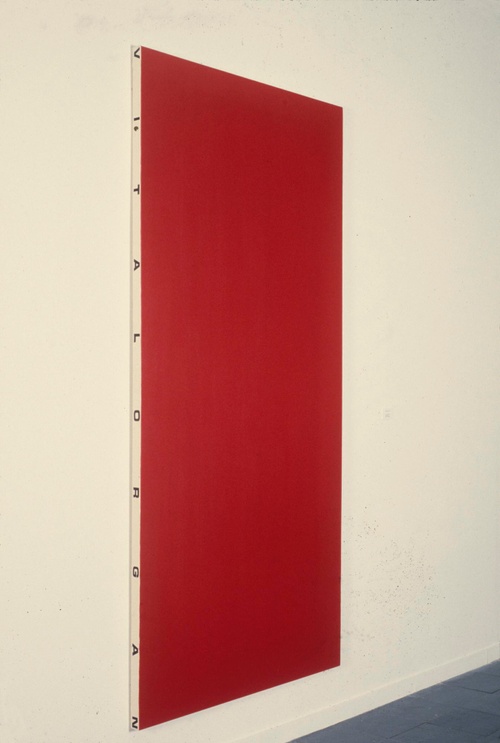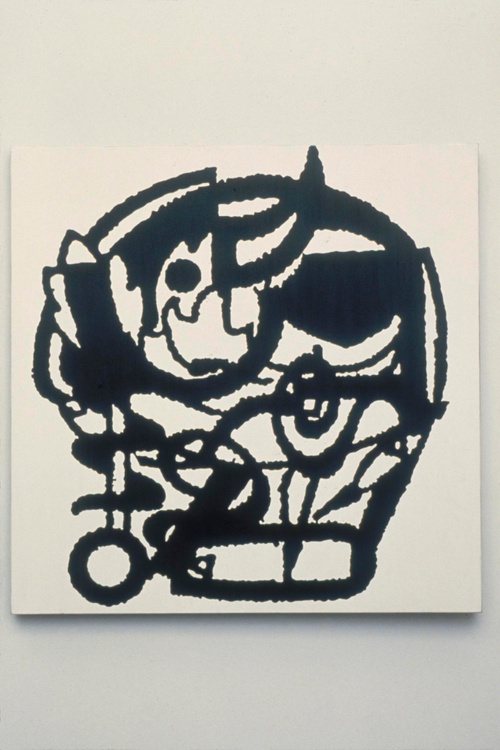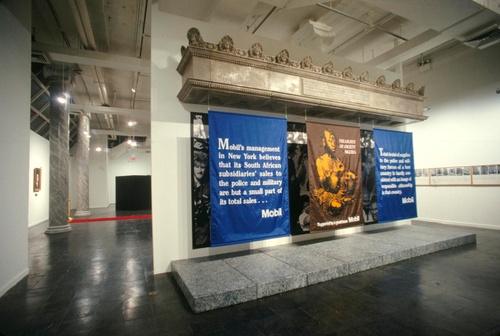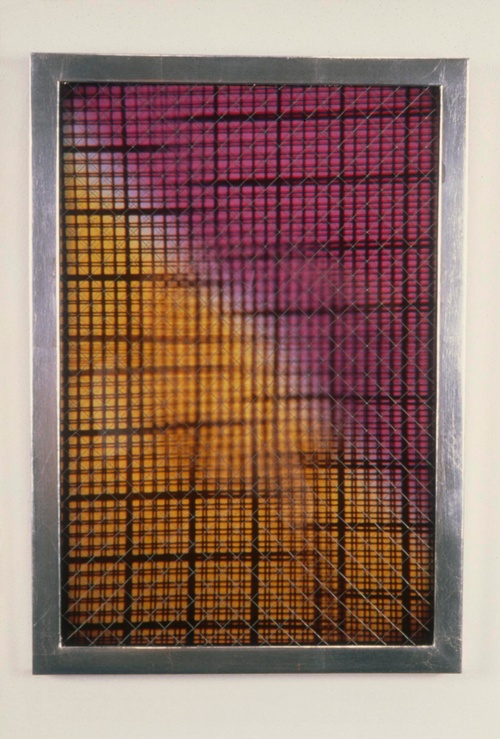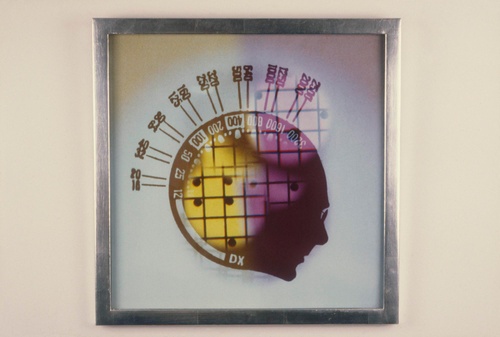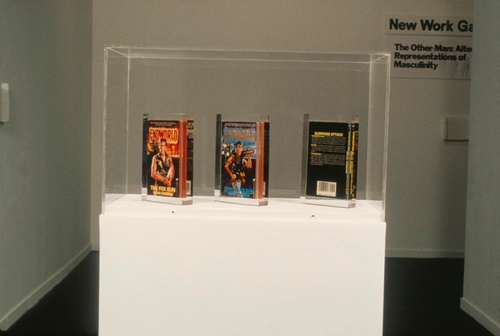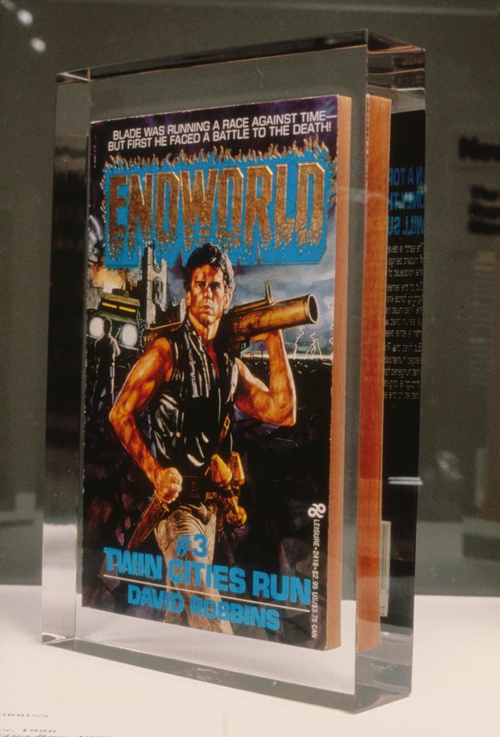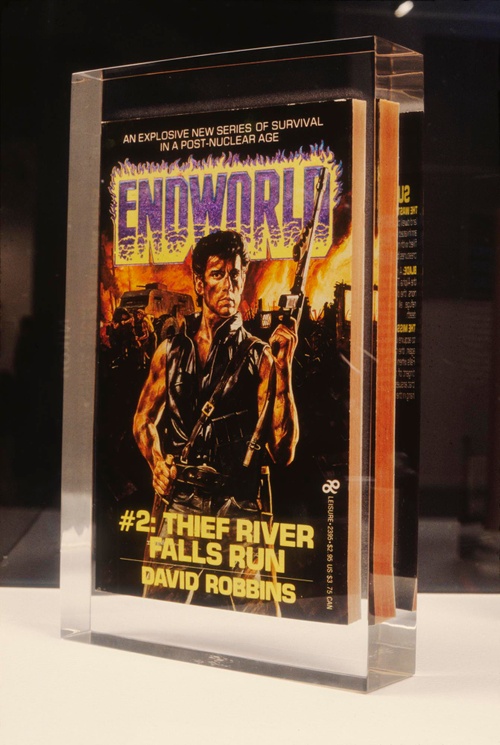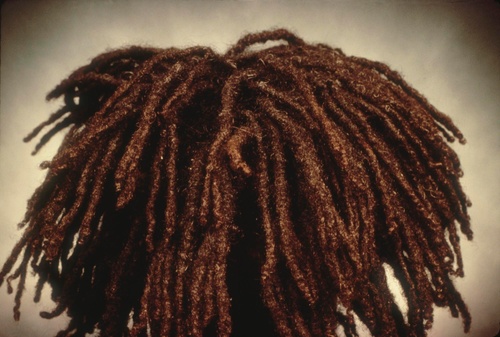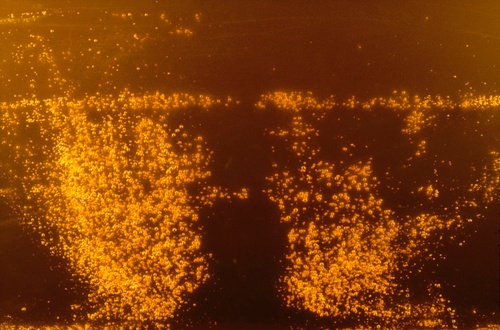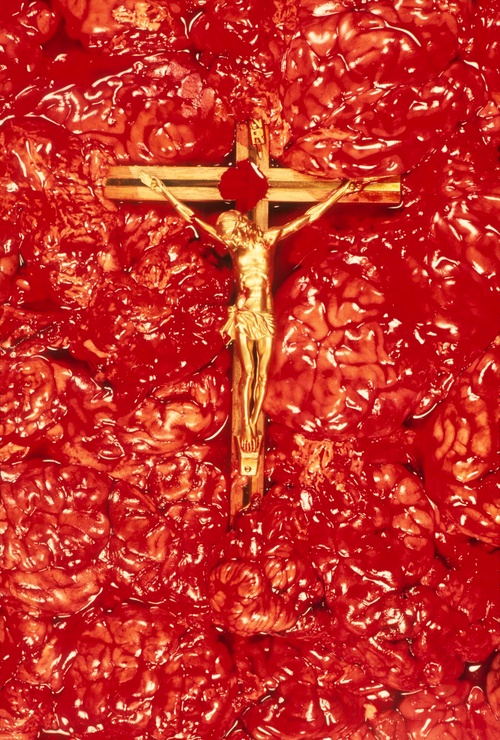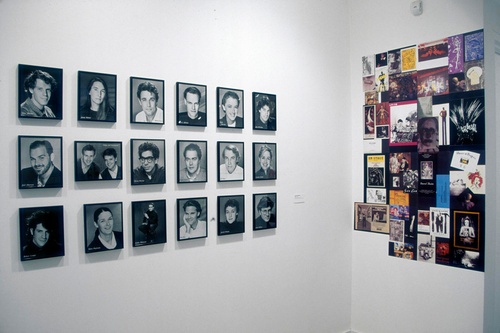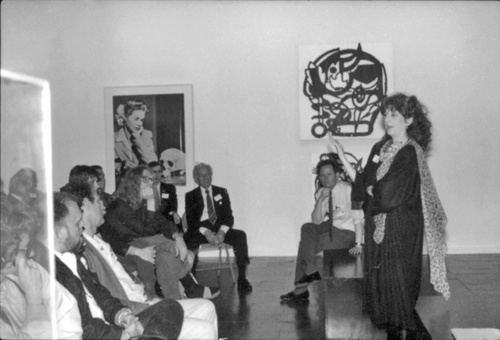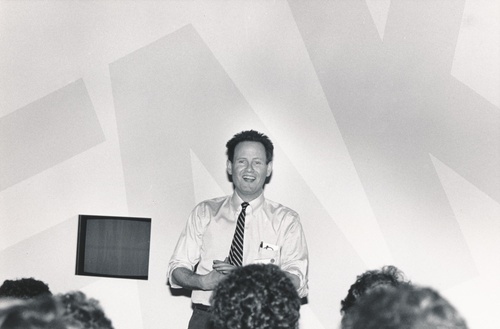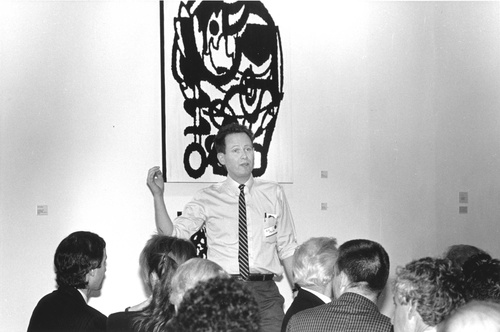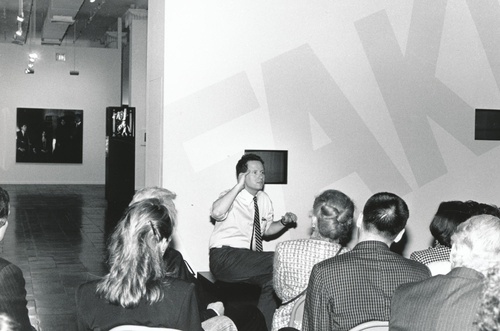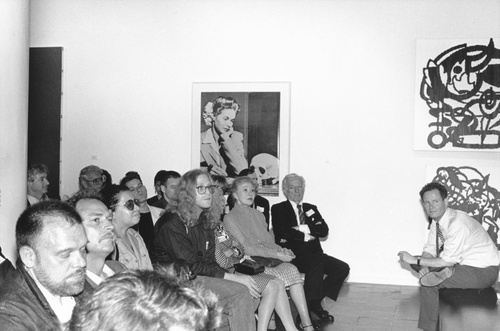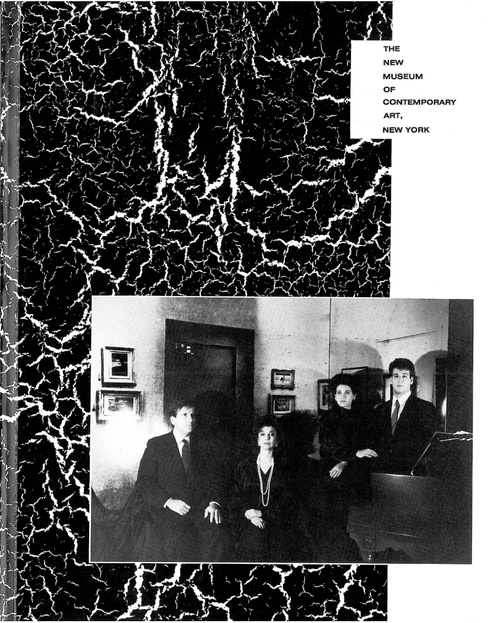Fake: A Meditation on Authenticity
Fake: A Meditation on Authenticity
“FAKE: A Meditation on Authenticity” presented the works of twenty-nine artists exploring issues of authenticity and originality through painting, sculpture, photography and videoworks, conceived provide an evocation of the subversive power inherent in a fake.
The title “FAKE” chosen as an ironic statement alluding to an object that may be perceived as inauthentic but which, by virtue of its definition as a work of art, is accepted and understood to be original and of genuine value. Artists in the exhibition openly incorporated forms, but not the content, of popular culture. In doing so, their work promoted ambiguity as a necessary element. Clegg & Guttmann adopted the format of an official state or corporate portrait, but depicted anonymous or obscure individuals. David Robbins explored the persona of the artist by presenting a sculpture – a popular novel encased in Lucile – which features the work of a different David Robbins. A segment of the back of a potato chip bag advertising “Currier & lves Collector Prints” became an outsized, blownup photograph by the collaborative team of Day Gleeson and Dennis Thomas confronting the viewer with the troubling question of the virtues and faults of the original. David Cabrera addresses the issues of modern and postmodern painting by presenting work which resembles painting but is, in fact, printed fabric, stretched and framed. Video projects by artists such as Reginald Hudlin, Joan Jubela and Stanton Davis, MICA-TV (Carole Ann Klonarides and Michael Owens), Paul McMahon, Michael Smith and Sarah Tuft further addressed ideas of originality by simulating the forms of television commercials, music videos, variety shows, soap operas and documentaries, substituting their own antithetical content for the “real thing.” Branda Miller’s pseudo rock video, That’s It Forget It, may look like a star-studded, expensive MTV production but was actually written and performed by five Los Angeles teenagers. Shelly Silver’s Meet the People, devoted to the lifestyle of the upwardly mobile yuppie, assumes the form of a documentary but is actually entirely fabricated, questioning perceptions of truth and fiction.
Other artists whose works are featured in “FAKE” included Dennis Balk, Nancy Burson, Laurel Chiten and Cheryl Qamar, Mark Dion and Jason Simon, Duvet Brothers, Tim Ebner, John Glascock, “Gorilla Tapes,” Fariba Hajamadi, Annette Lemieux, Peter Nagy, John Scarlett-Davis, and Andres Serrano. Many of the works by these artists had not been previously exhibited in New York. The exhibition was accompanied by an illustrated catalogue with an essay by Olander and contributions by Lynne Tillman and
Phil Mariani.
“To utter the word ‘fake;’ to point a finger and say ‘fraud;’ to declare what was believed to be original ‘counterfeit,’ can promote an extraordinary rupture in the social fabric. To create a fake; to perpetrate a fraud; to pass a counterfeit is literally illegal, but in a broader, metaphoric sense, each constitutes a subversive act which, if not prosecutable, is not easily tolerated. Yet, in a global economy increasingly dominated by high technology capable of reproducing copies more "real” than the real thing, the fake is revealed only with great difficulty. Indeed, for a fake to operate as a fake, it must pass as an original, circulating freely in our system of late capitalism, from the art forgery to the knock-off high fashion, from the pirated record album to the copyright infringement.“
-William Olander, “FAKE” exhibition catalogue
